tuberculosis
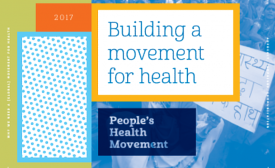
A new public health collective is making great strides.
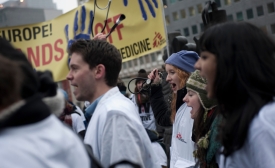
Read how one Nobel Prize-winning NGO gained enough PD power to motivate the international community to start solving the global TB crisis.
Tuberculosis (TB) is an airborne, infectious disease that infected 8.6 million people and killed approximately 1.3 million worldwide in 2012. UNAIDS has summed up this situation by concluding “TB anywhere is a threat everywhere.”
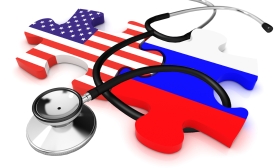
The urgent need to include the expertise of Russian professionals in international efforts to control the global TB epidemic must override U.S. and European reservations about partnering with colleagues based in the Russian Federation. Eight million lives depend on it.
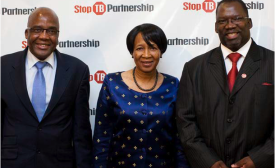
In her essay on the different types of public diplomacy, American university professor R.S. Zaharna identified policy networking strategy and coalition building as third-tier relationship-building initiatives (Snow and Taylor, 2008).
The world has a new epidemic on its hand: drug-resistant tuberculosis. We're not talking about the kind of TB that doctors can cure with a few weeks of standard antibiotics. This disease is way more dangerous. It outwits the best medicines we have against it and costs hundreds of thousands of dollars to kill in a single person. Drug-resistant TB is on the rise around the world. And it's even cropping up here in the United States.
International Relations Professor, Alan Henrikson once wrote that public diplomacy should be thought of as a form of engagement. Although Professor Henrikson’s article focused on governments, nongovernmental organizations have also proved their ability to develop sophisticated public diplomacy campaigns that engage both governments and the private sector.
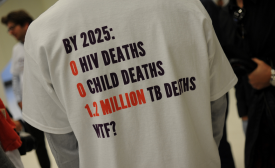
International Relations Professor, Alan Henrikson once wrote that public diplomacy should be thought of as a form of engagement.







